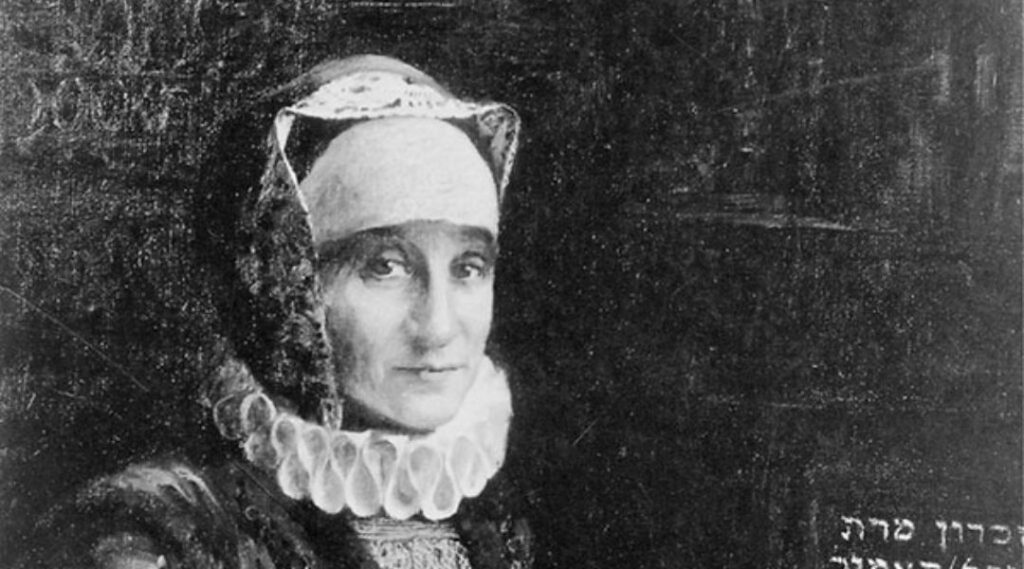As Rosh Hashana approached in the Jewish community of Hamburg, Germany 350 years ago, many families were fleeing the city rather than preparing for Yom Tov due to a viral epidemic, which became known as The Great Plague.
Among the fleeing families was the Hamel family, Glikl and Chaim Hamel and their small children. Some readers may recognize the name Glikl Hamel from the well-known memoir of her life, one of the rare memoirs from that period. Glikl’s memoir was translated into English last December, the first new English translation in almost 60 years, entitled “Glikl: Memoirs 1691-1719,” a JTA report said.
Glikl and her husband Chaim were successful merchants but were dependent on the help of strangers as they fled Hamburg with three small children, including a two-month-old baby. On their way to Chaim’s parents, they stopped in Hanover, where some local residents thought that their four-year-old daughter, Tsipor, was infected with the plague. Glikl and Chaim’s pleas that she wasn’t sick fell on deaf ears and they were forced to send Tispor and her caregivers to another town.
“I will let any good father or mother judge for themselves how we felt,” Glikl would later write in her memoir. “My husband, of blessed memory, stood in a corner, weeping and pleading, while I stood in a corner.”
Glikl began her memoir in 1689 when she was in her 40s, two years after her husband died, leaving her with eight unmarried children (out of 14) at home and in sole charge of the family business.
“Glikl wrote resilience,” cultural historian Rachel Greenblatt told JTA. “She turned to the pen for comfort and self-therapy.”
“Glikl provides us with an unparalleled historical source, opening a window on the daily life, anxieties, petty rivalries and stories of folk wisdom occupying the mental world of a woman who bore 14 children … while partnering with her husband in a business that grew from trade in second-hand gemstones run by two newlywed teenagers to international money lending, exchange of credit and the margins of mercantile Court Jew society.”
Glikl’s memoir is “fast-paced, engrossing, deeply compassionate and full of pathos,” said Sylvia Fuks Fried, editorial director of Brandeis University Press, the publisher of “Glikl: Memoirs 1691-1719.” “It’s an example of Glikl’s remarkable skills as a writer. It’s why it has such staying power and why we are reading it today.”
(YWN Israel Desk – Jerusalem)












One Response
And we kvetch about wearing a mask!!